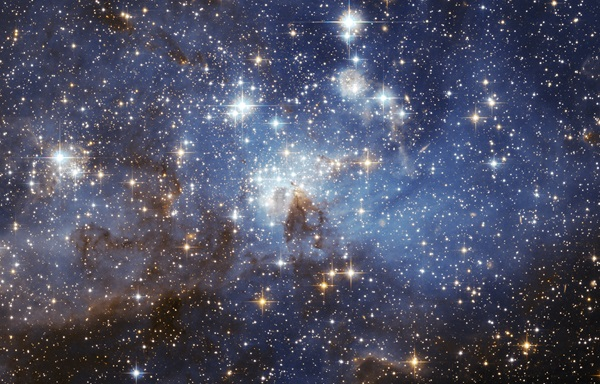The Stars

Key Notes:
What Are Stars?
- Stars are giant balls of hot, glowing gases that shine in the night sky.
- They are very far away from Earth, much farther than the Moon.
Why Do Stars Shine?
- Stars shine because they produce their own light through a process called nuclear fusion.
- The Sun is the closest star to Earth and provides us with heat and light.
- Different Sizes and Colors:
- Stars come in various sizes and colors. Some are small, and some are huge.
- Stars can be blue, white, yellow, orange, or even red.
- Constellations:
- People have grouped stars into patterns called constellations.
- Constellations help us recognize and remember different star patterns.
- The North Star:
- The North Star (Polaris) is a special star that always appears in the same spot in the northern sky.
- It can help people find their way when they are lost.
- Planets vs. Stars:
- Planets look like bright dots of light in the night sky but do not twinkle.
- Stars twinkle because their light has to pass through Earth’s atmosphere.
- Starry Facts:
- Stars are much bigger than our Earth.
- Some stars are much older than others.
- The light we see from stars can be millions of years old.
- Stargazing:
- You can go stargazing on a clear night to see the stars.
- It’s a fun and fascinating activity for people of all ages.
- Star Stories:
- Many cultures have their own stories and myths about the stars.
- These stories have been passed down through generations.
- Protecting the Night Sky:
- Light pollution from cities can make it hard to see stars.
- Some places have dark sky preserves to protect the night sky for stargazers.
Let’s practice!

